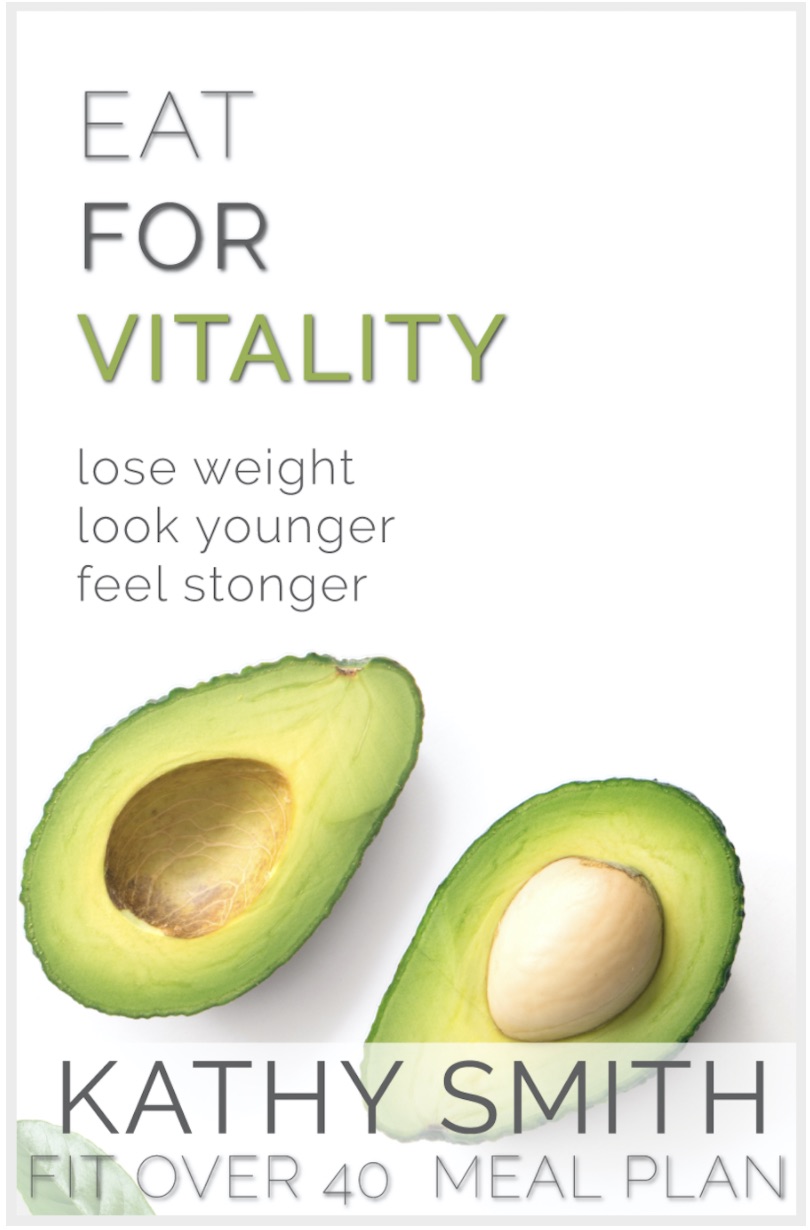The Exact Science Of Getting And Staying Slim

The scary part? Most of the clams aren’t based off of science.
Fortunately, there are tried and true ways to lose weight (and keep it off) that are backed by science, and not formulated from trendy new fads.
Today, I’ll show you 5 proven steps to take to reach your ideal weight and maintain it for life. Consider it the exact science of staying slim…for REAL people, in the REAL world.
1- Branch out From Barcodes
It’s true…we ALL occasionally go to Chipotle. But if you know the tricks of dining out, you can minimize the effects it has on your body and waistline. My number one rule is to order whatever dish is closest to nature, and offers the greatest amount of whole foods. Veggies, whole fruits, and lean meat all get a gold star. But, I try to stay away from the dishes that are packed with foods that would have a barcode at a grocery store.
And, don’t be afraid to switch up the menu! Ask for a hearty helping of veggies in place of white rice or buttery mashed potatoes. Most restaurants are willing to accommodate your nutritional needs.
2 – Know The Components Of A Nutritious Meal
If the phrase “portion control” tends to make you squeamish, I’m here to help shift your mindset. Managing your portion sizes does not mean you’ll be left hungry or deprived. Instead, having a sense of your portions is the key to weight loss. It will also allow you to finish a meal feeling satisfied, super-healthy and full of energy. Who doesn’t want to feel like that?
Whether you’re dining out or in, use my Plate Method by visually splitting your plate into four parts:
- One section of your plate is for protein (i.e., turkey, fish, lean beef, chicken, tofu, etc.). Try to keep your protein size to about the size of a deck of cards or the palm of your hand.
- One section of your plate is for produce. Whether it’s a mix of brightly colored vegetables, steamed spinach, asparagus or healthy salad, this is one section where it’s OK to fill it up.
- The last section of the plate is reserved for complex carbohydrates, in the form of whole grains, brown rice, a small baked potato, etc. Keep your servings to about the size of a small teacup.
- At meals when you’re adding fats, limit your fat intake to about the size of your thumb. For example, 2 teaspoons of olive oil or butter.
3 – Don’t Be Afraid Of Fat
In Mark Hyman’s new book, Eat Fat Get Thin, he combines the latest research with his several decades of empirical evidence working with patients to prove what he’s long discovered: The right fats can help you become lean, healthy, and vibrant. He says, “Fat is one of the body’s most basic building blocks. The average person is made up of between 15 and 30 percent fat! Yet for decades, we’ve unfairly demonized dietary fat, diligently followed a low-fat diet that almost always equates into a high-sugar and high-refined carb diet that contributes to insulin resistance, obesity, heart disease, type 2 diabetes, and numerous other problems.
Simply put: Sugar, not fat, is the real villain that steals our health and sabotages our waistlines.
The average American eats 152 pounds of sugar and 146 pounds of flour that converts to sugar every year. That’s nearly a pound of sugar and flour combined every day! More sugar means your cells become numb to insulin’s “call.” Your body pumps out more and more insulin to pull your blood sugar levels back down. You can’t burn all the sugar you eat. Inevitably, your body stores it as fat, creating insulin resistance and overall metabolic havoc among other mayhem.”
4 – Be Consistent With The 80/20 Rule
If I had to explain food in terms of “good” and “bad,” I’d say that you only have to be “good” 80 percent of the time. That allows you, pretty much, to do whatever you want with the other twenty and still not upset the equation. Some people call this the 80/20 rule. You can splurge on a candy bar, indulge your craving for Ben & Jerry’s and give in to that tempting apple pie. Just be consistent and on track the other 80 percent of the time. By the same token, the 80-20 rule frees you from the trap of thinking that just because you ate four potato chips you might as well eat the whole bag.
5 – Don’t Skimp On HIIT
If your goal is long-term weight loss, HIIT training is a must in your exercise routine. Remember, in order to maximize your metabolism, it’s important to workout smarter, not harder. The key is interval training. Working out this way means you’ll decrease your fat, increase your muscle, and amplify your energy. It’s simple. It saves time. It’s effective.
Research shows that less than 30 minutes of high intensity interval training (HIIT) three times a week is just as effective as moderately exercising for 40 minutes or longer four or five days a week.

